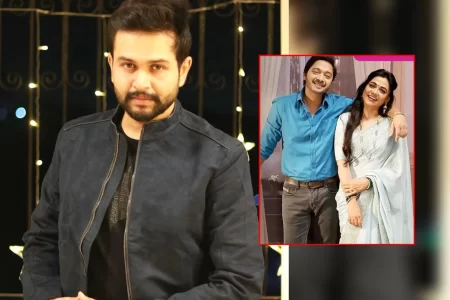Shreyas Talpade believes that working in both Marathi and Hindi film industries was a good experience. Here’s what he believes sets the two industries apart.

Shreyas Talpade, who was last seen in Setters, has worked in both the Hindi and the Marathi film industry over the years. He has worked in many hit Marathi movies including Aai Shappath..!, Poshter Boyz, Baji and more.
In Bollywood, he has been seen in many notable roles especially, as Pappu Master in Om Shanti Om, Laxman in the Golmaal series, Jai Babani in Housefull 2 and many others. The actor recently revealed his experience of working in both industries and what were the differences between the two.
Shreyas said that the entertainment industry had gone through a major change. He also noted that the consumption of the audience and their attention span has developed. He believed that subjects and issues that were previously considered “taboo” were now being discussed more openly and highlighted in movies. He added that trying new things is welcomed in the film industry and that things had changed for the better.
As for the main difference between the Marathi and the Hindi film industry, Shreyas said that budget was the only distinguishing factor among the filmmakers. Other than that, directors had always been passionate in both industries. He even said that filmmakers try to make full use of their available resources, which was constant in both industries. Talpade was also asked about his experience working for web series amid the pandemic. To this, he said that it made for a good opportunity for the writers, actors and filmmakers. He called it a great combination of theatre and movies.
For the unversed, Shreyas Talpade has worked in both theatres and on OTT platforms. He was last seen in the web series Baby Come Naa and Teen Do Paanch. The digital series received a positive response from Talpade’s fans. He said that in the wake of the pandemic, the theatre was taken online. Since theatre had faced major losses due to the pandemic, they had to make a platform for the performing arts, virtually. On the other hand, Shreyas expressed that it was important for theatre to reach people too.




